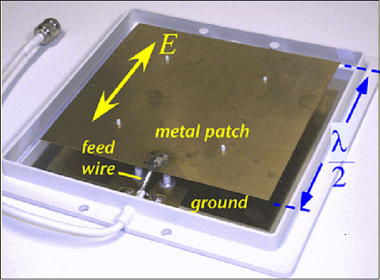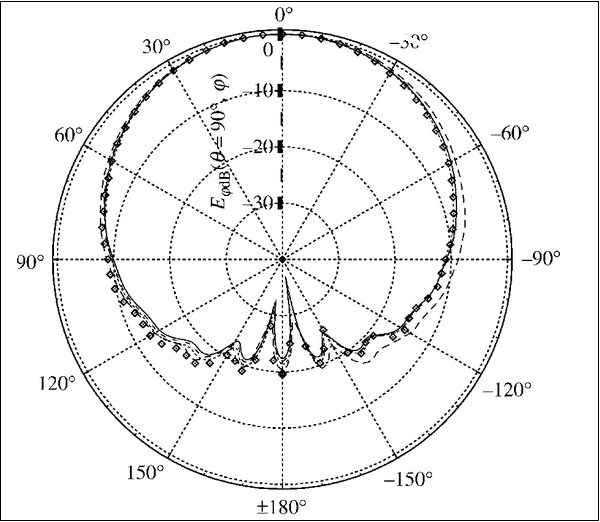
- Antenna Theory Tutorial
- Antenna Theory - Home
- Antenna Basic Terms
- Antenna Theory - Fundamentals
- Antenna Theory - Basic Parameters
- Antenna Theory - Parameters
- Antenna Theory - Near & Far Fields
- Antenna Theory - Radiation Pattern
- Isotropic Radiation
- Antenna - Beam & Polarization
- Antenna Theory - Beam Width
- Antenna Theory - Reciprocity
- Antenna Theory - Poynting Vector
- Types of Antennas
- Antenna Theory - Types of Antennas
- Antenna Theory - Wire
- Antenna - Half-Wave Dipole
- Antenna - Half-Wave Folded Dipole
- Antenna - Full-Wave Dipole
- Antenna Theory - Short Dipole
- Antenna Theory - Long Wire
- Antenna Theory - V-Antennas
- Inverted V-Antenna
- Antenna Theory - Rhombic
- Antenna Theory - Loop
- Antenna Theory - Helical
- Antenna Theory - Aperture
- Antenna Theory - Horn
- Antenna Theory - Slot
- Antenna Theory - Micro Strip
- Antenna Theory - Lens
- Parabolic Reflector
- Antenna Arrays
- Antenna Theory - Antenna Arrays
- Antenna Theory - Collinear Array
- Antenna Theory - Broad-side Array
- Antenna Theory - End-fire Array
- Antenna Theory - Parasitic Array
- Yagi-Uda Antenna Theory
- Log-periodic Antenna Theory
- Turnstile Antenna Theory
- Wave Propagation
- Antenna - Spectrum & Transmission
- Antenna - Types of Propagation
- Antenna - Lonosphere & its Layers
- Terms in Wave Propagation
- Antenna Theory Useful Resources
- Antenna Theory - Quick Guide
- Antenna Theory - Useful Resources
- Antenna Theory - Discussion
Antenna Theory - Micro Strip
Micro strip antennas are low-profile antennas. A metal patch mounted at a ground level with a di-electric material in-between constitutes a Micro strip or Patch Antenna. These are very low size antennas having low radiation.
Frequency Range
The patch antennas are popular for low profile applications at frequencies above 100MHz.
Construction & Working of Micro strip Antennas
Micro strip antenna consists of a very thin metallic strip placed on a ground plane with a di-electric material in-between. The radiating element and feed lines are placed by the process of photo-etching on the di-electric material. Usually, the patch or micro-strip is choosen to be square, circular or rectangular in shape for the ease of analysis and fabrication. The following image shows a micro-strip or patch antenna.

The length of the metal patch is λ/2. When the antenna is excited, the waves generated within the di-electric undergo reflections and the energyis radiated from the edges of the metal patch,which is very low.
Radiation Pattern
The radiation pattern of microstrip or patch antenna is broad. It has low radiation power and narrow frequency bandwidth.

The radiation pattern of a microstrip or patch antenna is shown above. It has lesser directivity. To have a greater directivity, an array can be formed by using these patch antennas.
Advantages
The following are the advantages of Micro strip antenna −
- Lighteweight
- Low cost
- Ease of installation
Disadvantages
The following are the disadvantages of Micro strip antenna −
- Inefficient radiation
- Narrow frequency bandwidth
Applications
The following are the applications of Micro strip antenna −
- Used in Space craft applications
- Used in Air craft applications
- Used in Low profile antenna applications